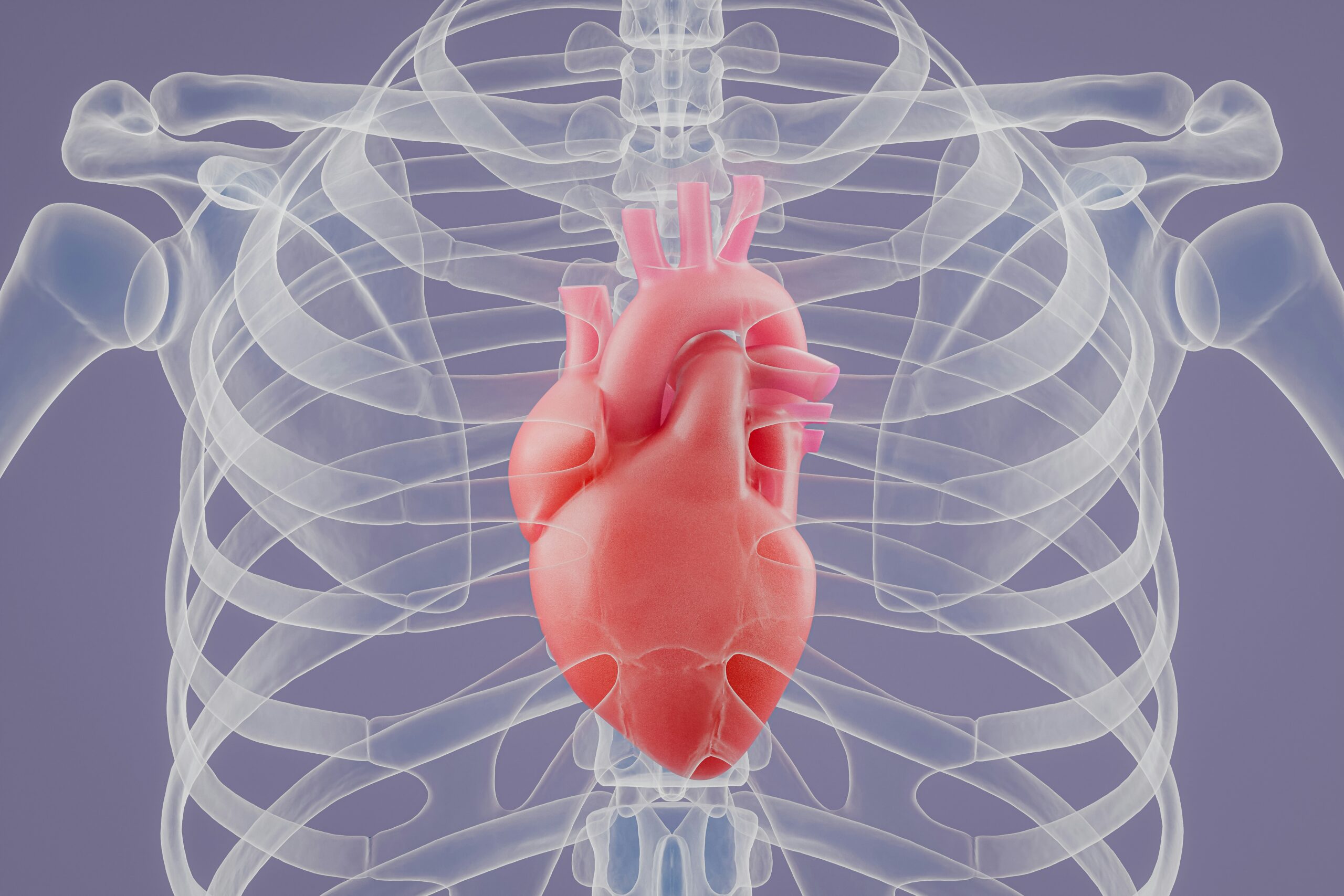
Cardiac catheterization is a cornerstone of modern cardiology, enabling healthcare providers to diagnose and treat various heart conditions. This invasive procedure involves threading a thin, flexible tube, called a catheter, into the heart’s blood vessels to gather critical information about the heart’s function and structure. Over the years, the evolution of techniques and technologies in cardiac catheterization has significantly improved patient outcomes, offering better precision, reduced risks, and quicker recovery times.
Understanding the Fundamentals of Cardiac Catheterization
Cardiac catheterization allows physicians to visualize blood flow, measure pressure inside the heart, and collect blood samples. The procedure typically starts with the insertion of a catheter through a small incision, usually in the groin or wrist, and is guided toward the heart. The catheter has a camera that provides real-time imaging of the heart’s blood vessels, allowing doctors to identify blockages or areas requiring intervention. With the data gathered, doctors can make informed decisions regarding the next steps in treatment, whether it be medication or an invasive procedure such as angioplasty or stent placement.
In recent years, advancements in imaging technology, including fluoroscopy and advanced 3D mapping, have made it possible to conduct more detailed evaluations of the coronary arteries and chambers of the heart. These innovations have been pivotal in ensuring more accurate diagnoses and treatments. As a result, cardiac catheterization has become a powerful tool in assessing cardiovascular diseases, particularly coronary artery disease, which remains one of the leading causes of death worldwide.
Innovative Techniques in Cardiac Catheterization
As with any medical procedure, innovations in technique are key to improving outcomes and reducing risks. One such advancement is trans-radial catheterization, which involves inserting the catheter into the wrist’s radial artery rather than the groin’s femoral artery. This technique has become increasingly popular due to its minimal complications and faster recovery times. Patients who undergo transradial catheterization experience less bleeding, reduced risk of infection, and shorter hospital stays compared to the traditional femoral approach.
Another breakthrough in invasive cardiology is the development of minimally invasive techniques for treating blockages. Angioplasty, which involves inflating a small balloon to open blocked arteries, has been enhanced with drug-eluting stents. These stents release medication that prevents the artery from narrowing again, improving the long-term success rates of the procedure. Additionally, robotic-assisted catheterization is beginning to make waves in the field. Cardiologists can perform catheterization with greater precision by using robotic arms controlled by a physician, leading to even fewer complications and better patient outcomes.
The Role of Advanced Imaging Technology
Imaging plays an integral role in modern cardiac catheterization, and the latest advancements in imaging technology have revolutionized the procedure. One example is intravascular ultrasound (IVUS), a technique that uses sound waves to produce detailed images of the inside of blood vessels. IVUS helps cardiologists assess the extent of arterial blockages and plaque buildup, providing a clear roadmap for intervention. This technology allows for better decision-making during procedures such as angioplasty, as it offers high-resolution images of the arteries.
Optical coherence tomography (OCT) is another imaging advancement allowing even greater precision. OCT uses light to create cross-sectional images of the coronary arteries, helping cardiologists assess the vessel walls’ health. This tool has proved invaluable in detecting vulnerable plaques at risk of rupturing, thus preventing potentially life-threatening events like heart attacks. As imaging technology continues to evolve, it offers cardiologists an unprecedented ability to monitor the heart’s condition and plan for targeted, effective interventions.
Improving Patient Outcomes Through Minimally Invasive Procedures
The ultimate goal of cardiac catheterization is to improve patient outcomes, and the rise of minimally invasive procedures has been a game-changer in this regard. One of the most significant developments in recent years is the ability to perform complex cardiac procedures with smaller incisions and less trauma to the body. These procedures, such as percutaneous coronary intervention (PCI), have drastically reduced the need for open-heart surgery, minimizing the risks associated with invasive surgery.
Moreover, the use of less invasive techniques allows for quicker recovery times. Patients who undergo minimally invasive catheterization procedures can typically return to normal activities much faster than those who require traditional surgery. This improvement enhances the patient’s quality of life and reduces healthcare costs associated with prolonged hospital stays and rehabilitation. The advent of new technologies, including bioresorbable stents and the refinement of imaging systems, further supports the trend toward less invasive, more efficient cardiac care.
The Future of Cardiac Catheterization
Looking forward, the future of cardiac catheterization seems poised for continued progress. Researchers and cardiologists are working tirelessly to improve the precision and safety of the procedure while expanding its applications. One exciting possibility is the development of catheter-based therapies that could treat a wider array of conditions beyond coronary artery disease. For example, researchers are investigating the use of catheter-based techniques to treat heart failure, arrhythmias, and valvular heart diseases, which would offer patients a less invasive alternative to traditional surgery.
Furthermore, integrating artificial intelligence (AI) into catheterization is promising. AI algorithms can assist in analyzing imaging data, predicting potential risks, and providing decision support to clinicians. As AI technology advances, it could lead to even more personalized treatment plans, optimizing patient care. Combined with the increasing use of telemedicine, these innovations could provide patients in remote or underserved areas with greater access to life-saving cardiac care.
Since its inception, cardiac catheterization has evolved from a simple diagnostic tool to a multifaceted approach for diagnosing and treating heart disease. With ongoing advancements in techniques, imaging technology, and minimally invasive procedures, the future of invasive cardiology looks promising. As these innovations continue to improve, patients will benefit from more accurate diagnoses, better treatment options, and faster recovery times. Ultimately, the art of cardiac catheterization represents not just a medical procedure but a commitment to advancing heart health and saving lives.